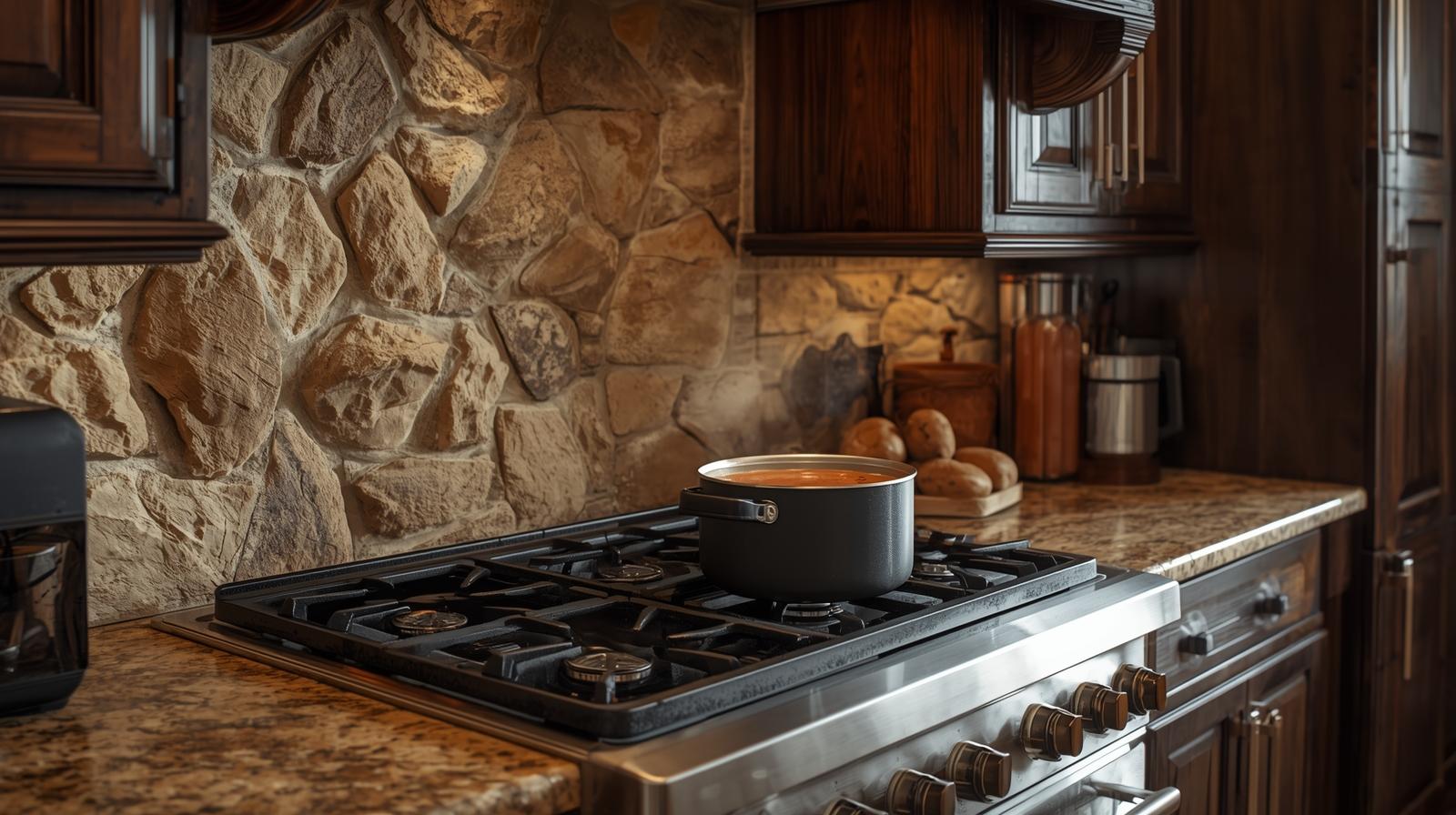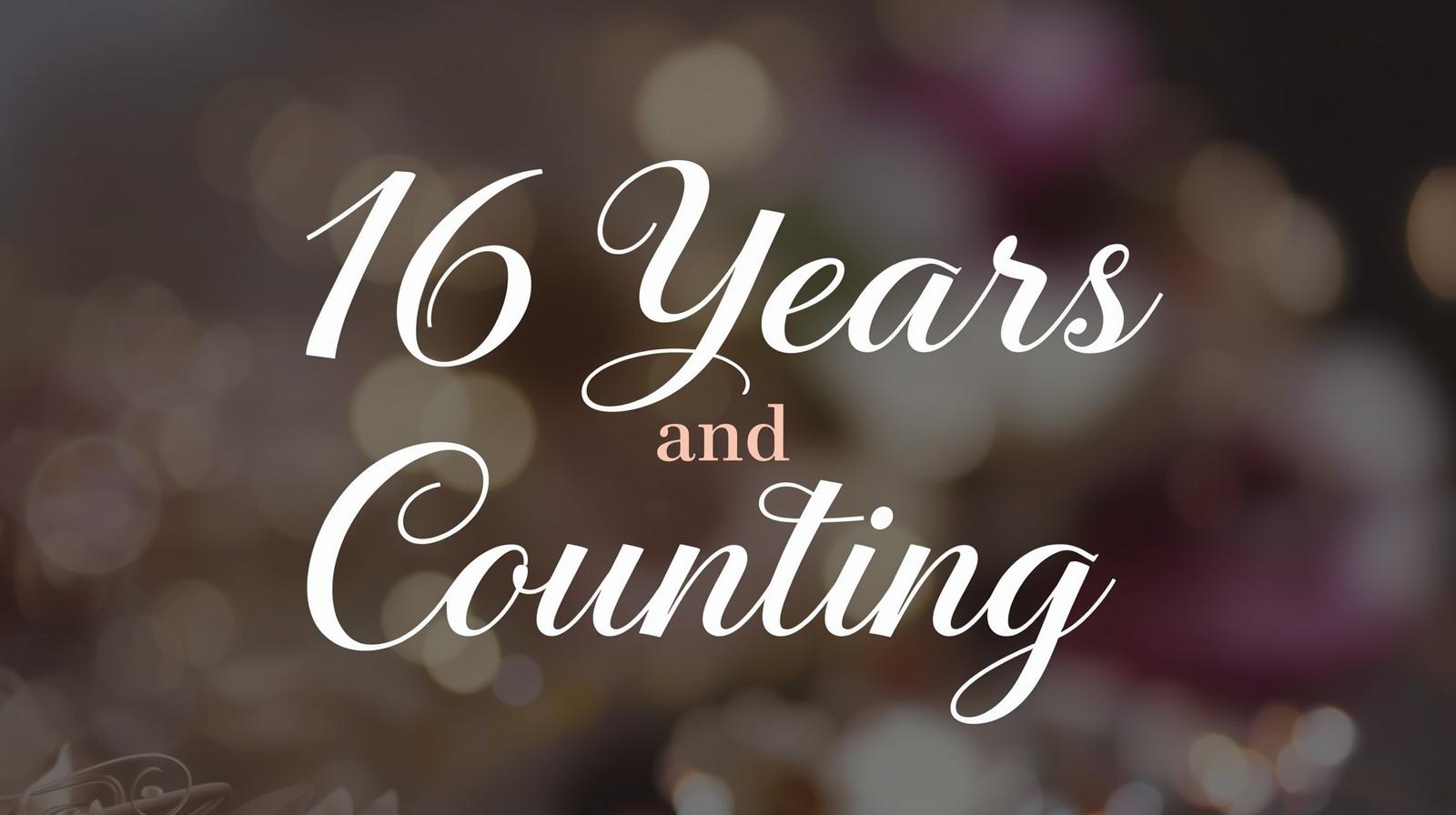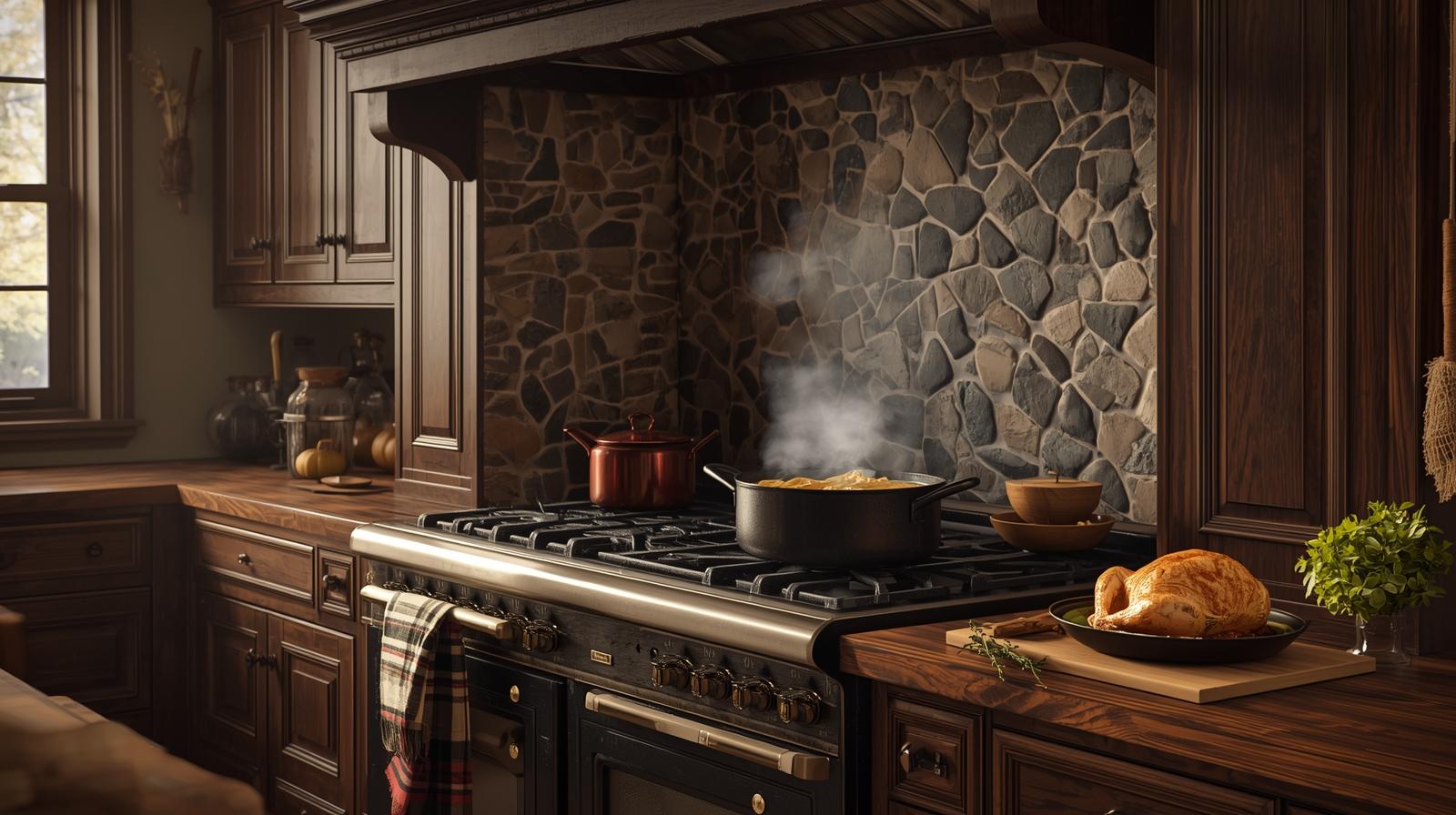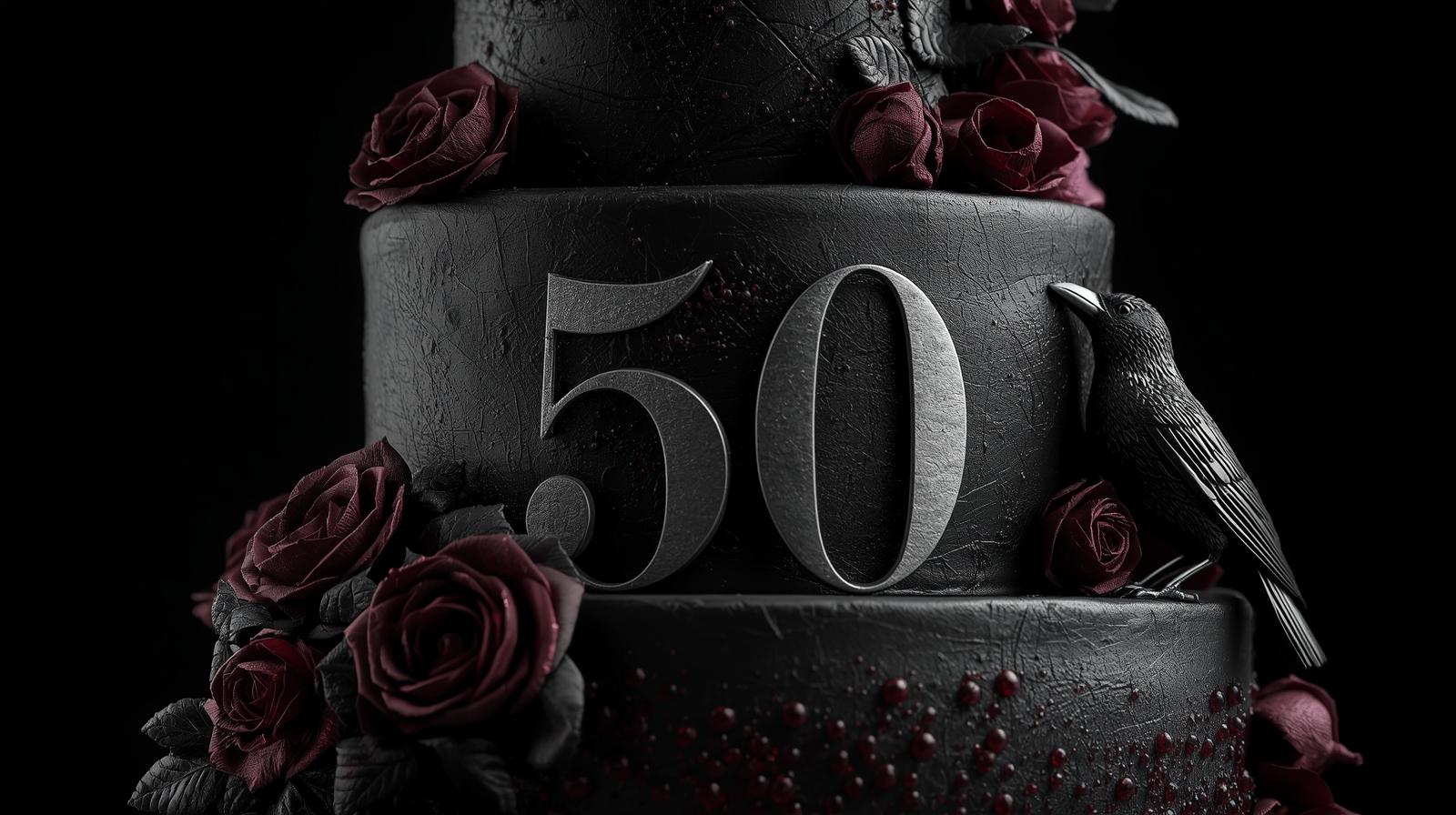
When the weather turns cold and comfort is calling, soup just makes sense. Nothing fancy here. These are familiar, cozy favorites that don’t require specialty ingredients or advanced kitchen skills. Just good, honest bowls of warmth.
Classic Beef & Vegetable Soup
This is the kind of soup most of us grew up on. Tender beef, potatoes, carrots, celery, and a rich broth that tastes even better the next day. It’s hearty, filling, and perfect for slow simmering on a chilly evening.
Creamy Potato Soup
Simple, comforting, and always a crowd-pleaser. Potatoes, onion, broth, and cream come together into a thick, velvety soup that feels like a warm hug. Top it with cheese or green onions if you want, but it stands strong all on its own.
Tomato Basil Soup
A timeless classic that never disappoints. Smooth, rich tomato flavor with a touch of basil makes this one perfect for dipping or sipping straight from the bowl. It’s easy to make and feels cozy without being heavy.
Chicken Noodle Soup
The one and only chicken soup on this list, and for good reason. It’s familiar, soothing, and downright comforting. Tender chicken, egg noodles, and a simple broth make this a go-to when you want something classic and dependable.
Lentil Soup
Don’t overlook this one. Lentil soup is filling, affordable, and surprisingly comforting. With onions, carrots, garlic, and spices, it’s a great meatless option that still feels hearty and satisfying.
Vegetable Soup
Simple doesn’t mean boring. A good vegetable soup uses everyday veggies and a flavorful broth to create something warm and nourishing. It’s flexible, forgiving, and perfect for cleaning out the fridge without sacrificing comfort.
Wrapping It All Up
There’s something comforting about sticking with the classics. These soups don’t require fancy ingredients or complicated steps, just a little time and a warm pot on the stove. Whether you’re feeding a family, warming up after a cold day, or simply craving something familiar, these recipes deliver comfort without the stress.
Soup has a way of slowing things down. It invites you to sit, breathe, and enjoy the moment. Keep this roundup handy for those days when you want simple, hearty meals that feel like home.
Lisa Crow contributed to this article. She is a true crime junkie and lifestyle blogger based in Waco, Texas. Lisa is the Head of Content at Gigi’s Ramblings and Southern Bred True Crime Junkie. She spends her free time traveling when she can and making memories with her large family which consists of six children and fifteen grandchildren.








